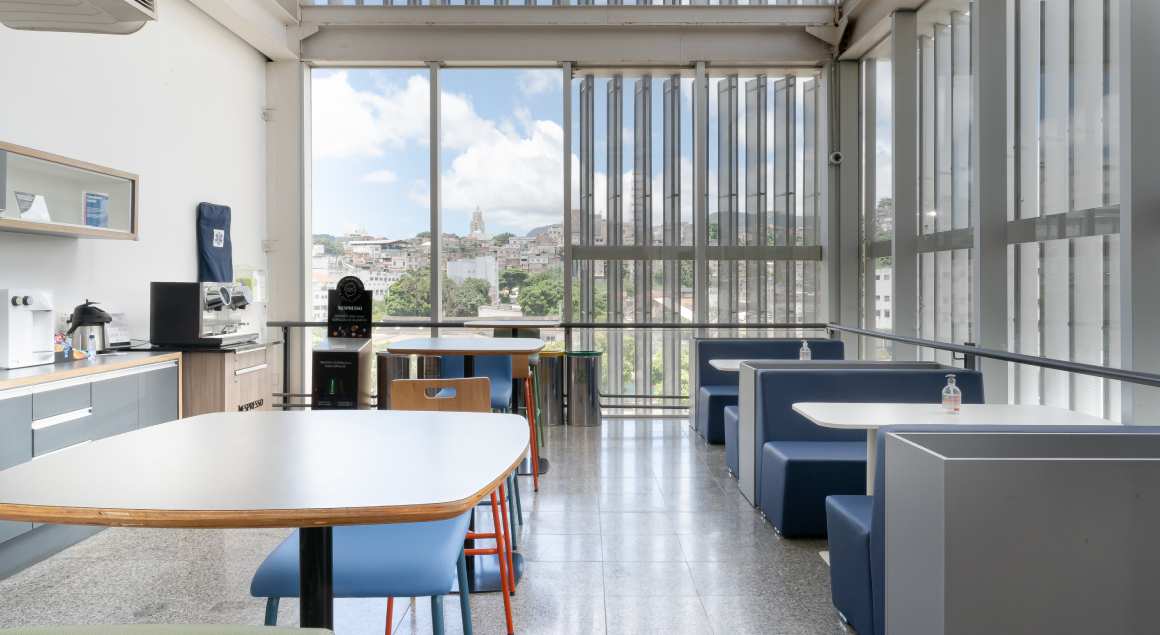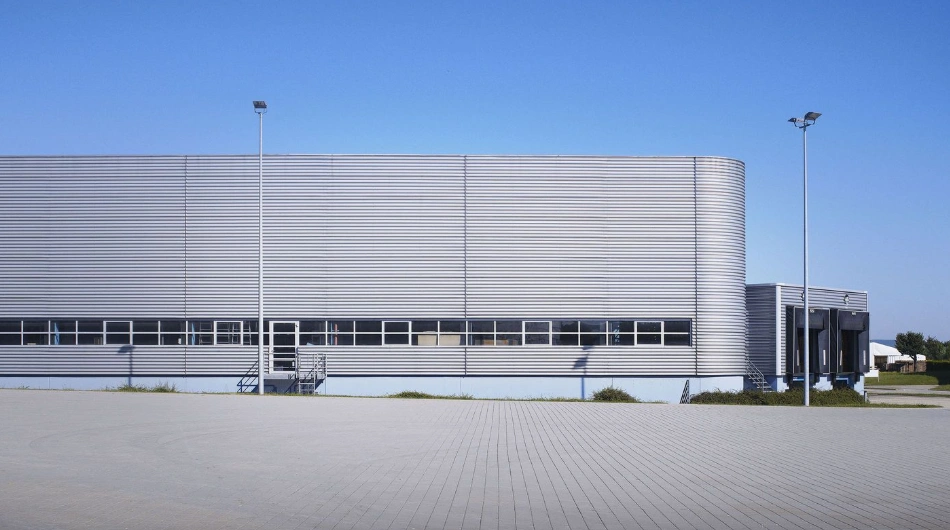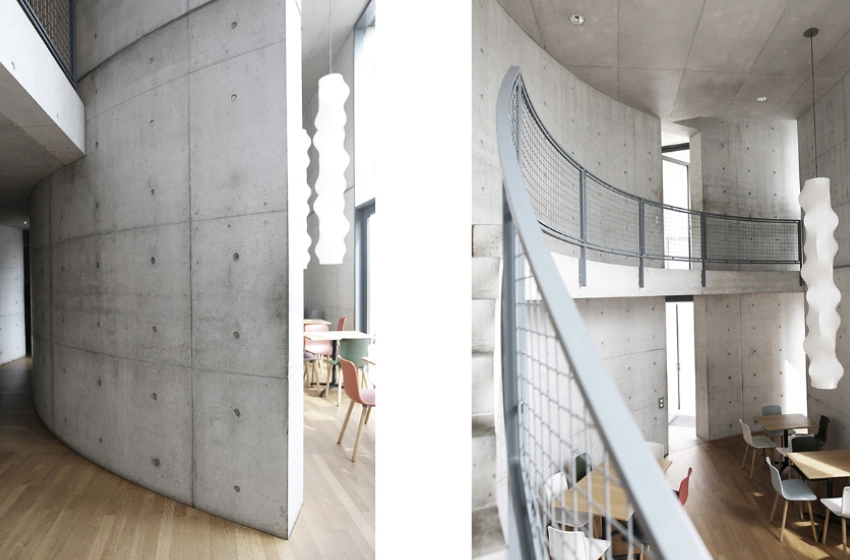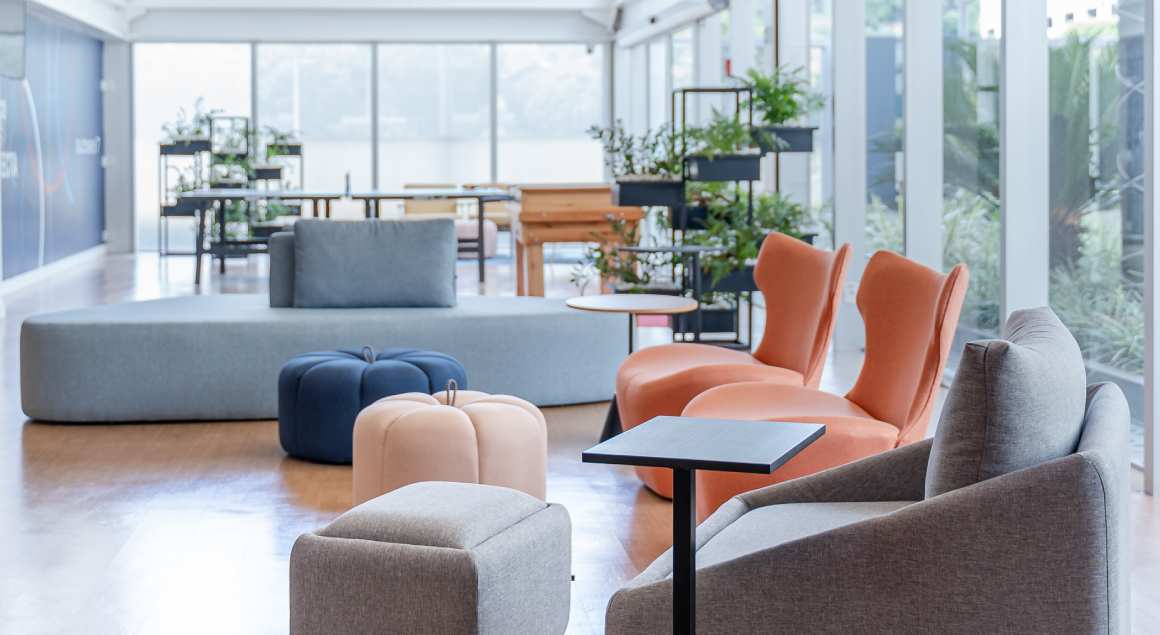
In recent years, how companies occupy and use their corporate offices has undergone a significant transformation. The hybrid work model, which combines periods of remote work with physical presence in the office, combined with the implementation of collaborative spaces, is revolutionizing the business environment.
This change not only allows greater flexibility for employees but also offers a series of benefits for companies, including optimizing operational costs and the ability to quickly adapt to new market demands.
The Hybrid Model: Flexibility and Efficiency
The hybrid work model emerged as a viable solution for many companies during the COVID-19 pandemic and has consolidated itself as a permanent trend. This approach allows employees to divide their time between working from home and in the office, providing a work-life balance. This flexibility is highly valued by employees, as it reduces time spent commuting, increases satisfaction, and can lead to an increase in productivity.
For companies, the hybrid model offers the opportunity to reevaluate and restructure their workspaces. With less need for fixed offices, companies can opt for smaller spaces or even coworking models, significantly reducing rental, maintenance, and utilities costs.
Furthermore, the flexibility offered by the hybrid model allows for a more agile response to changes in market conditions, as the need for physical spaces can be quickly adjusted according to demand.
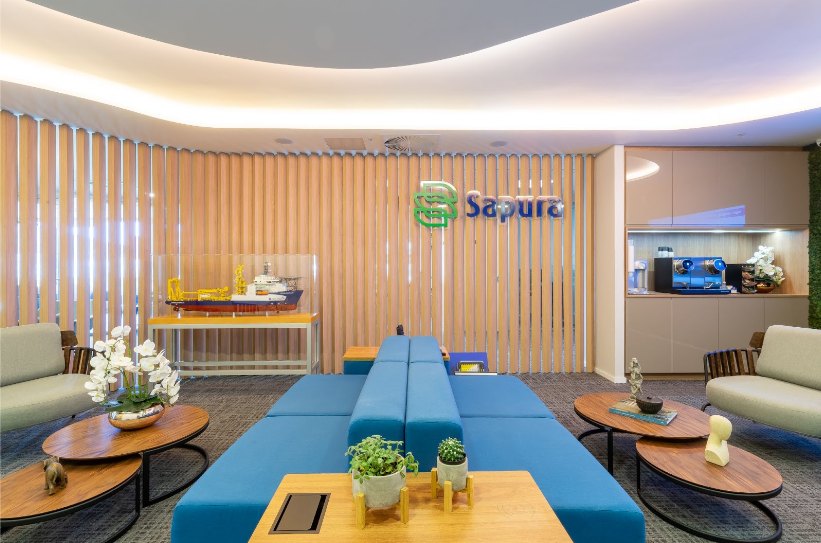
Collaborative Spaces: Encouraging Interaction and Innovation
While the hybrid model provides flexibility and efficiency, collaborative spaces are designed to foster interaction between employees and encourage innovation. These environments are characterized by open areas, modular furniture, and advanced technology that facilitate communication and collaboration.
Collaborative spaces are fundamental to the success of the hybrid model, as they provide places where employees can meet when they are in the office, allowing for more integrated and collaborative work. These areas are equipped with features that encourage creativity and the exchange of ideas, such as brainstorming rooms, interactive breakout areas, and high-quality video conferencing technology.
Additionally, collaborative spaces are adaptable and can be reconfigured as needed to meet the different needs of projects and teams. This versatility is essential in a dynamic work environment where demands can change quickly.
Cost Optimization and Rapid Adaptation
One of the main advantages of combining the hybrid model with collaborative spaces is the optimization of operational costs. With less need for fixed spaces, companies can significantly reduce infrastructure spending.
The use of collaborative and flexible spaces also eliminates the need for continuous investment in structural improvements, as these environments are designed to be adaptable and scalable.
This approach allows companies to quickly adapt to changes in the business environment. For example, in times of growth, collaborative spaces can easily be expanded or adjusted to accommodate new teams.
Likewise, in periods of downturn, costs for physical spaces can be reduced without compromising employees’ ability to work.
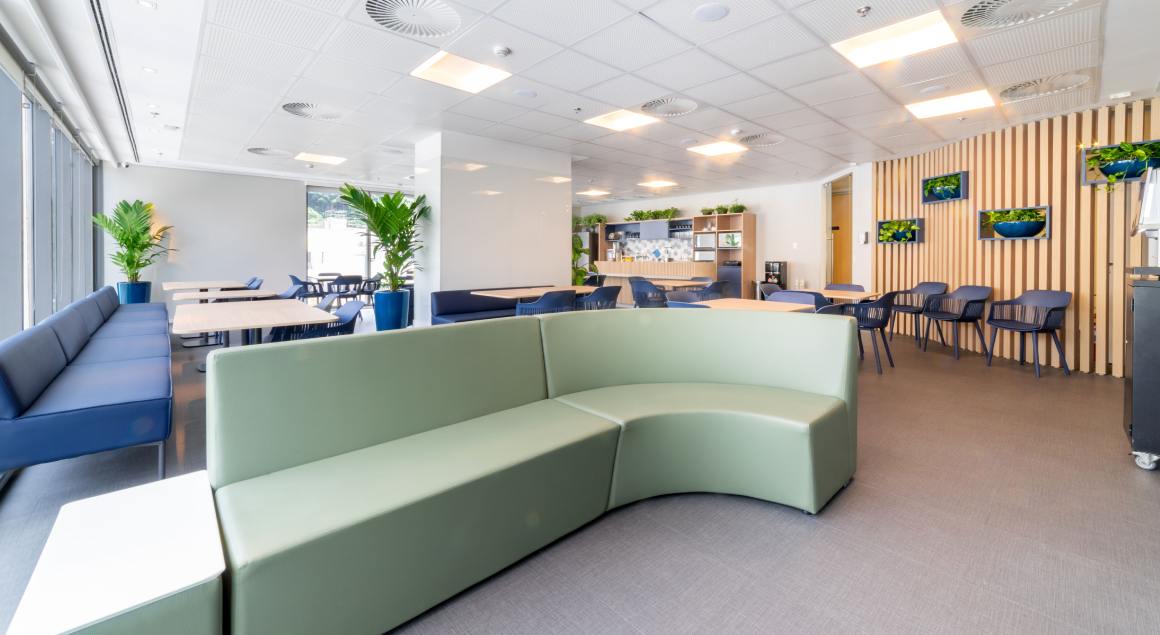
Productivity and Collaboration: The Ideal Balance
The hybrid model and collaborative spaces together promote an ideal balance between individual productivity and collaboration. While remote work allows employees to focus on tasks that require high concentration and less interruption, office days can be dedicated to activities that benefit collaboration and direct interaction.
This combination is especially effective in fostering innovation, as employees have the opportunity to work independently while collaborating with colleagues in an environment designed to inspire and facilitate the exchange of ideas.
The diversity of spaces and flexible schedules also help to attract and retain talent, as professionals are increasingly looking for companies that offer a modern work environment that adapts to their needs.
The occupation of corporate offices in the hybrid model, combined with collaborative spaces, profoundly transforms the business environment. This new paradigm allows greater employee flexibility, optimizes companies’ operating costs, and promotes a dynamic and adaptable work environment.
By balancing individual productivity and collaboration, companies are well-positioned to meet the challenges of the modern marketplace and benefit from opportunities for innovation and growth. Pett Capellato is at the forefront of this transformation, offering solutions that meet contemporary workplace needs and drive organizational success.
Want to know more about how Pett Capellato is at the forefront of this transformation? Discover all our success stories and see how we help companies achieve their goals! Visit our site at www.pettcapellato.com.br and get inspired!
